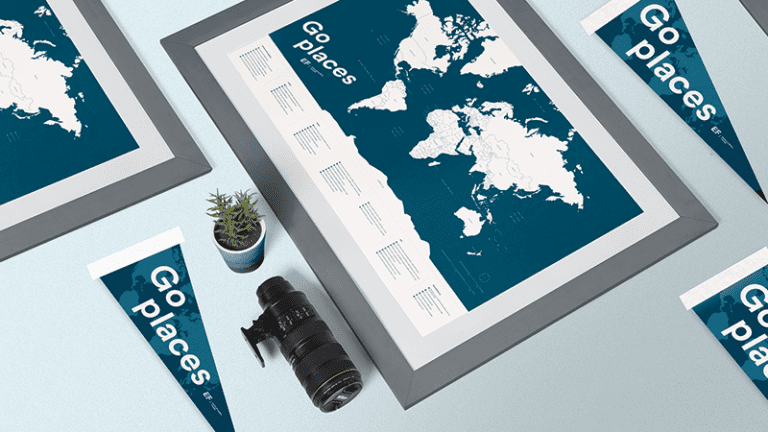With summer break right around the corner, do you have any travel plans on the books? If so, no matter your destination, there are some pretty cool ways you can use your own travel experiences to enrich your teaching and expose your students to new cultures, languages and more. Here are some of our favorite ideas, courtesy of our teacher community. Share yours in the comments!
1. The Power of Food
Linda Lancaster is a geography teacher in Oklahoma. She combines her love of cooking and traveling to teach her students about different cultures. “Any time I travel, I’m on the lookout for good food and recipes native to that area,” Linda says. “Then I can introduce those to my students too. For example, during a trip to Hawaii, I learned that it’s the only U.S. state that produces cacao. So my students and I discussed this when we were learning about different states and the crops they produce. Of course, we had a little chocolate taste-testing too!”
2. Eco Lesson
When Iva Bingham traveled to Alaska one summer, she knew she could use the experience with her fifth-, sixth- and seventh-grade students. She used photos of her trip during their ecosystems unit. “My Oklahoma kids do not understand permafrost and how it affects tree growth,” she says. “They also didn’t understand how a place could have 23 hours of sunlight like Alaska does in summer. By sharing photos and stories from my trip, they were able to understand these concepts more clearly, and I was able to answer their eager questions about my journey.”
3. Sharing Stories
Stephanie Whittle from Tacoma, Washington, lived in Australia for a few years and now brings those experiences into her classroom teachings. “Every year we do a story unit where we study folktales, fables, legends, tall tales and pourquoi tales,” she says. “This has helped my students learn about Australian culture, land and animals. Then my students have taken what they’ve learned to write their own pourquoi tales.”
4. Learning From Literature
Susan Pawlowsky is a retired French teacher living in Ohio. Over the years, she’s taken several trips to France, both on her own and with students. While there, she always picks up a few children’s books. “Students enjoy seeing what French children read. Plus, the books have easy French in them, making them good for students’ reading and practicing their skills.”
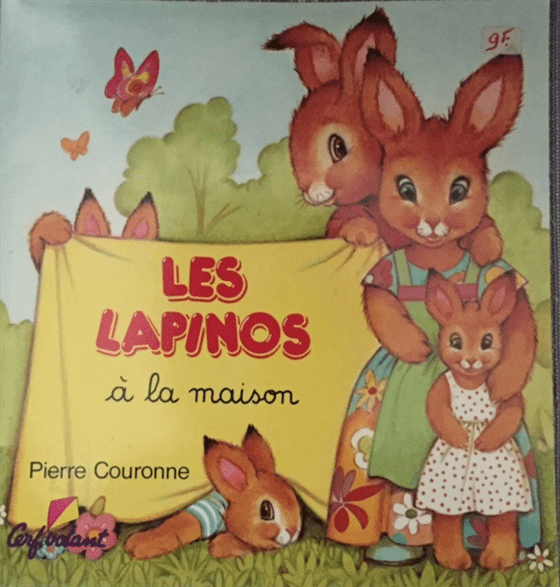
5. A New Kind of New Year
Traveling is a huge part of Oneika Raymond’s life, and she runs the blog, Oneika the Traveller. She’s originally from Toronto, Canada, and she’s been to more than 80 countries. Hong Kong holds special meaning to her because she lived there for nearly five years. Now as a teacher, she uses Lai See envelopes in her classes. They are the red and gold envelopes traditionally given during the Chinese New Year. “This is an authentic, hands-on way to teach about a cultural tradition that is relatively unknown to American students,” Oneika says.
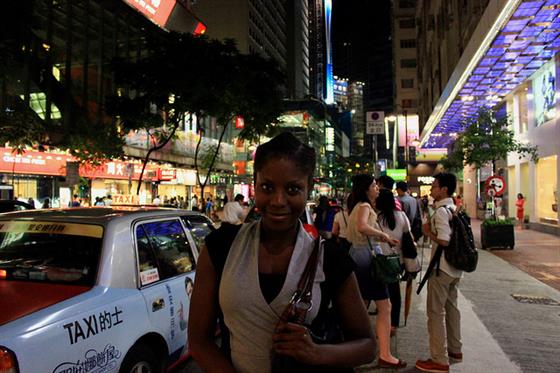
6. Musical Inspiration
Every year, Robyn Darling-Greenley shares some of her travel experiences with her charter school students in Albuquerque, New Mexico. She spent time working in Namibia, which is in the southern part of Africa, and she loves introducing her current students to Namibian culture, like the rich and vibrant music. “My students love my traveling Africa exhibit. I have instruments like a drum; rattles made of gourds, beans, and seeds; and the mbira from Zimbabwe,” she says.
7. International Pen Pals
As a young teacher who has taught English in other countries like Germany and China, one of Nichole Hecht’s favorite tools to use is the pen-pal system. She lives in British Columbia now, and works with a teacher she met during her travels to Germany to connect students from both countries. “The students are always very excited to ask one another questions and learn about a different culture,” Nicole says. “They have been amazed—both the Canadian and German students—to learn about the different traditions of each country.”
8. Overcoming Differences
Lillie Marshall is a seventh-grade teacher in Boston and the creator of the website, Teaching Traveling. A few years ago, she spent some time teaching in the West African country of Ghana. Some of what she brought back after her experience there were real-life stories written by students, and she uses them every year to teach her students that kids in Africa actually aren’t that different from them. “There’s an article by a student from Ghana about how much he loves Harry Potter and sleepovers with friends. My students are surprised at how much they have in common with him.” (Read more about Lillie’s travels to Ghana here.)
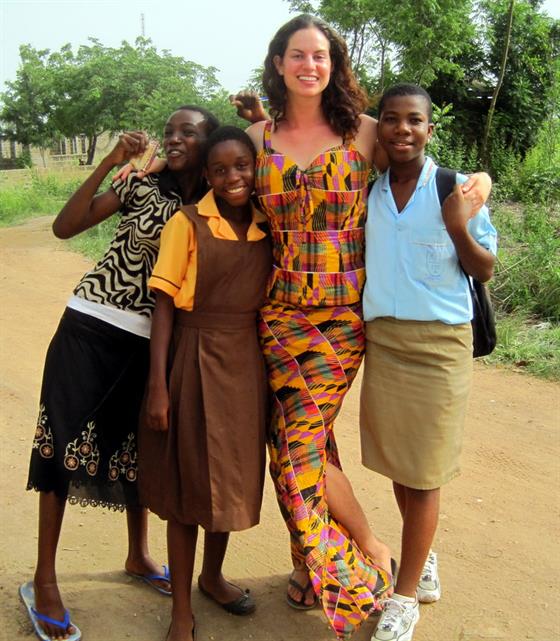
9. Architecture and Travel
As a high school history teacher in Michigan, Ryan DiBrano knows how valuable it can be to travel to the places you are learning about. He’s had the opportunity to see a lot of places firsthand, so he tries to take those experiences back to the classroom. For instance, when he teaches about Gothic architecture, he uses pictures and postcards of Notre Dame. “I show the students how flying buttresses help support the weight of the structure, allowing for large windows. The new architecture changed the way churches were being built. Then students study these and compare them to Romanesque and Baroque styles.”
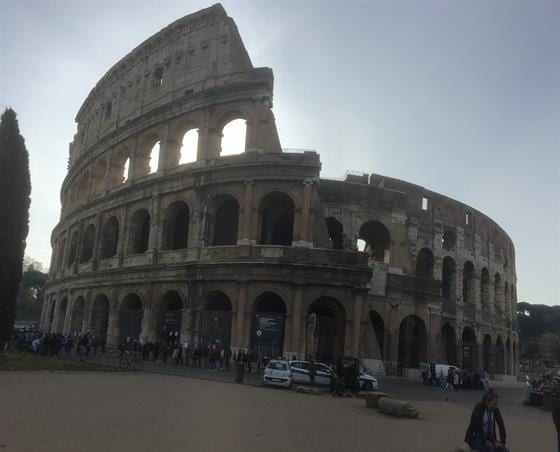
10. Animals Around the World
Africa is a place near and dear to Danielle Kim’s heart. She’s currently a teacher in Colorado and has traveled to Kenya, South Africa and Uganda. She has brought back artifacts and traditions from her travels to teach her students. “I absolutely love all the animals you can find in Africa. I have hundreds of pictures, which I bring out during our science units. We also use the photos to classify animals into groups such as reptiles, birds, mammals and insects.”
11. Photo Tours
Photographs can go a long way in teaching students about a specific experience or culture. This is definitely the case with Meg Skow, who uses a picture (below) she took while visiting the Louvre in Paris to teach her students about this historic museum. “Not only does it give me an opportunity to describe the Mona Lisa, but then we talk about the importance of this piece in art history. We also talk about being aware of what’s around you, because there are many other great things at the Louvre that many people don’t even notice. I’ve used this photo many times with my students.”
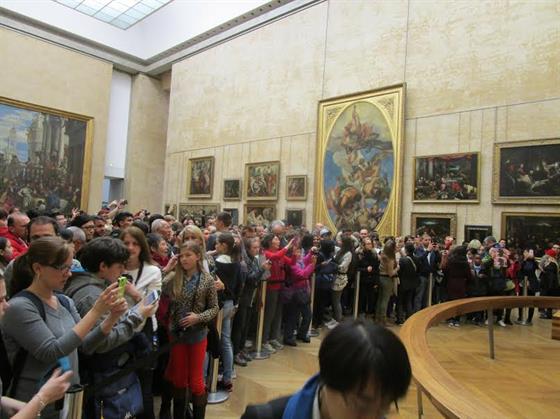
How have you used your travel experiences in the classroom? Please share below!

